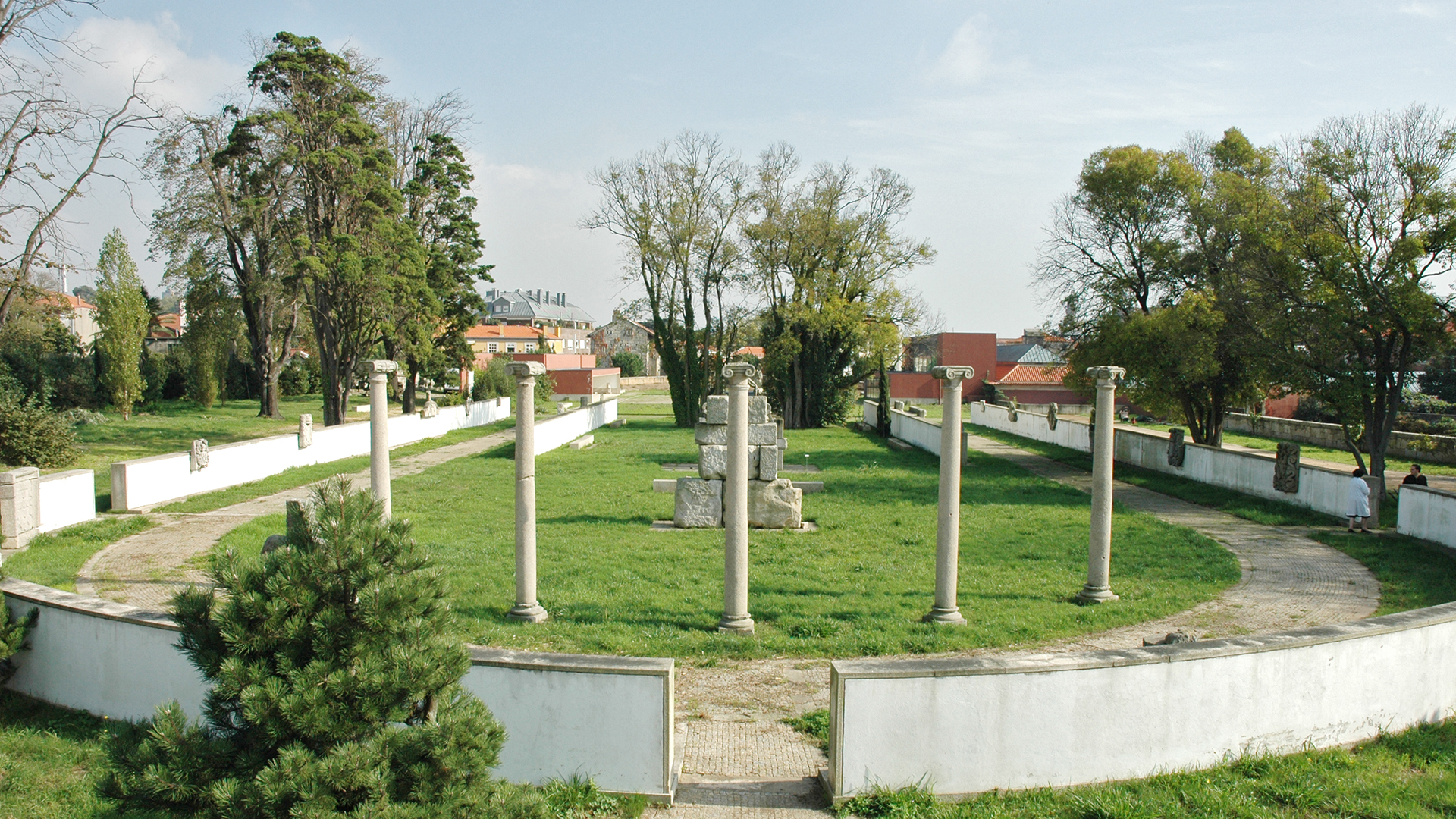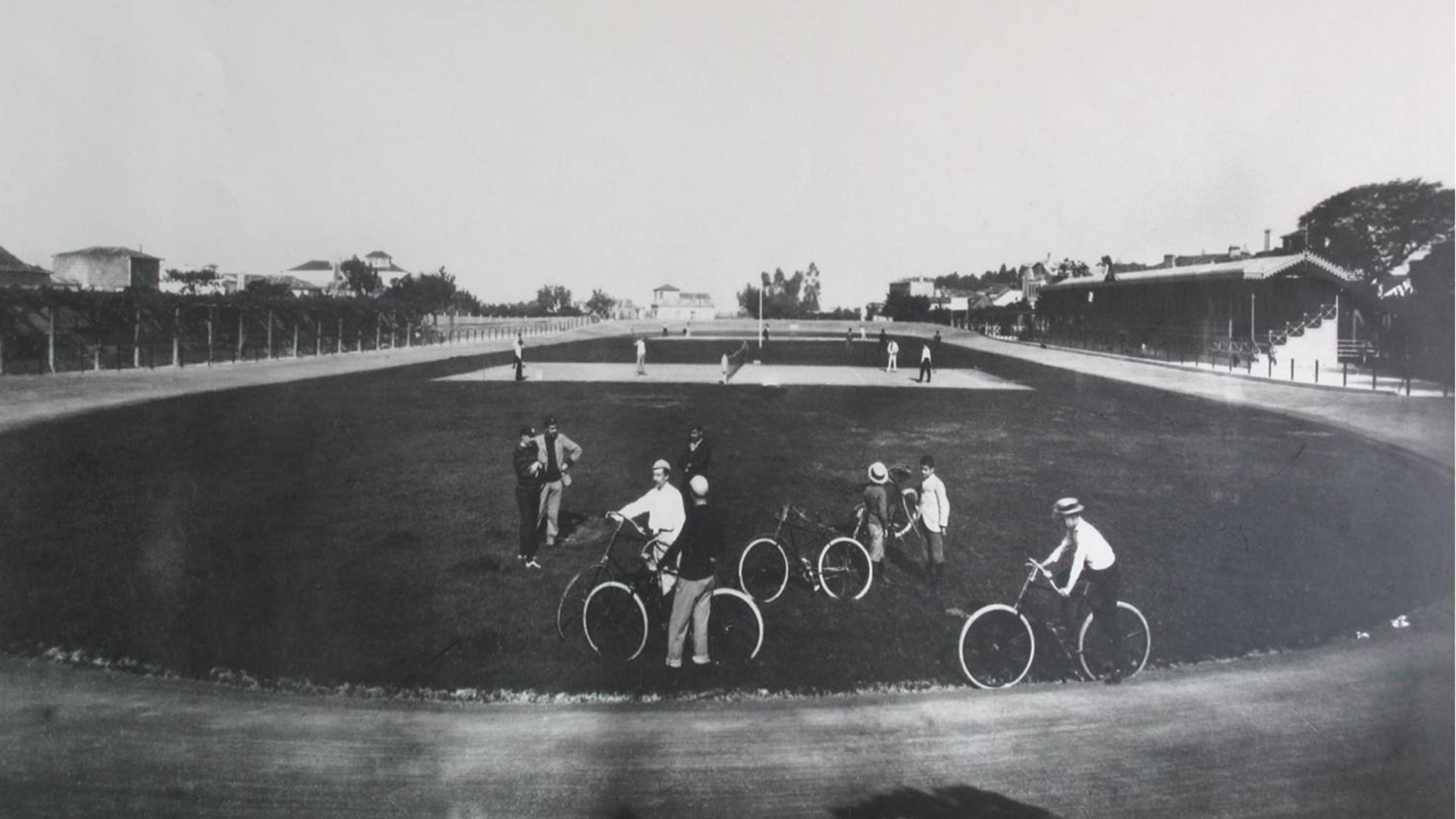Registrations
Online Registration
Observations
Minimum of 5 and maximum of 15 participants
Free
Entry
In 1894, when the bicycle was becoming an urban social phenomenon, D. Carlos authorized the Real Velo Clube to build a track for cyclists in the backyard of his Palace, now the Soares dos Reis National Museum.
What remains of this velodrome will be the theme of the Meeting in the Garden scheduled for August 24th, at 6 pm. The initiative is part of the Thursdays out of hours program which, until the end of September, proposes different activities during extended and free hours every Thursday, from 6:00 pm to 8:00 pm.
Inaugurated in 1894, the Maria Amélia velodrome, of which significant traces still remain, came to respond to the growing enthusiasm that the elite of Porto at the end of the 19th century felt for bicycles.
It was one of the city’s first sporting venues and was also home to two tennis courts.
Opened in what was then a small forest and vegetable garden, given by King Carlos to the Velo Club do Porto Association, the velodrome was located at the back of the neoclassical Palácio dos Carrancas, built in 1795 by the Morais e Castro family and which, acquired in 1861 by King Pedro V, became the official residence of the royal family when they traveled to Porto.
Later, in 1940, it was converted into the Soares dos Reis National Museum. The name of the velodrome comes from the name of King Carlos I’s wife: Queen Dona Amélia.
Currently on display in the Museum Garden (former velodrome) are stone objects linked to the history of the city of Porto. The vast majority of these objects come from the demolition of buildings (convents or chapels), fountains and walls, which took place in the late 19th and early 20th centuries as a result of the city’s urban growth.


